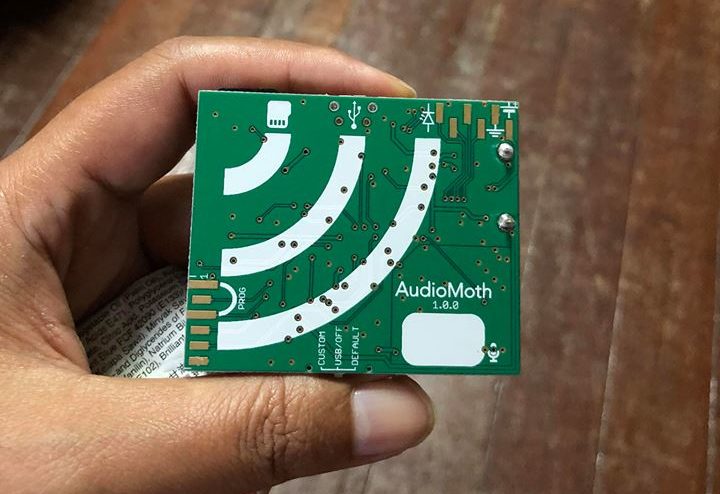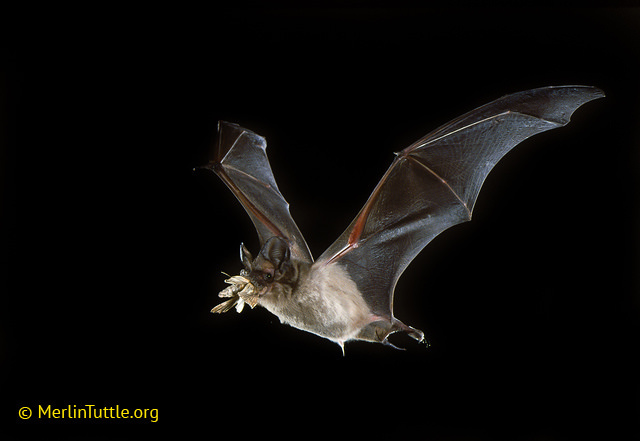
Water always calm me down. Especially when you go to the edge of a pool or lake, and you can see your own reflection, or even better, the beautiful scenery. But, apart from that, water is important to us, human (aside from the soothing effect, of course) and also to another well being. Water bodies are needed by migrating birds to mitigate water loss after long migratory flights, water insects rely on water bodies to lay their eggs, and echolocating bats recognize ponds or other water bodies that are crucial for orientation, foraging, and drinking.
Supposedly somehow, these animals can confuse water bodies with something that look alike water bodies, such as glass surfaces, or smooth shiny plastic. Sometimes, these ecological traps have a negative effect and could lead them (for example, water insects), to death. But, in bats cases, could it actually help with their foraging?
So, does a horizontal mirror give a positive or negative impact to bats?

Apparently, if prey is presented on a smooth mirror-like surfaces, like linoleum, bats’ prey perception by echolocation is easier (Siemers et al, 2001). Acoustic properties of such surface reflects lower clutter noises opposed to the structured surface like the vegetation or on the ground, making it easier for bats to recognize prey. In one experiment done in 2005, Siemers and his colleagues proved that these acoustic mirror effect also increases prey detection distance in trawling bats, almost 200 cm farther, compared to an airborne prey. This could helped trawling bats when foraging at low heights above smooth water surfaces, to exploit this effect, thereby enlarge its search volume and hence, search efficiency.
But, in other cases, when it comes to glass windows, or any smooth surfaces, bats tend to perceive it as, another things too, not just only water bodies. For example, bats, including naive juvenile one that had never encounter a water body, attempted to drink from metal plate, over textured surfaces, which concluded that bats perceived any extended, echo-acoustically horizontal smooth surface to be water (Greif and Siemers, 2010). This could lead to jaw injuries of the bats and they could also dehydrate themselves over when they unsuccessfully tried for a repeated of time, drinking from such surfaces.



